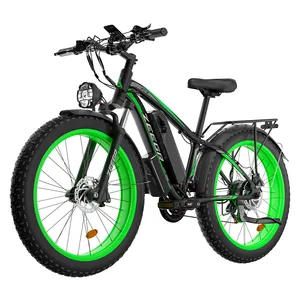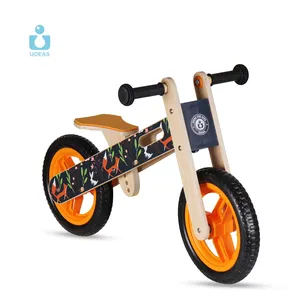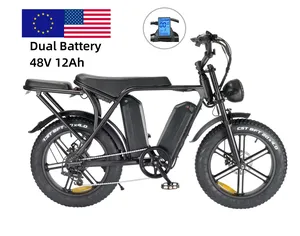Electric bikes are bicycles with electric motors; they function similarly to regular bicycles but require less effort to ride. Simply described, it is a bicycle that is propelled by an electric motor. An e-bike operates by turning on when the rider presses the pedals. The motor, which is typically powered by a rechargeable battery, can be used to either assist the rider in pedaling or to power the bike independently. Since they don't require as much physical effort to go around as cars do and are also more environmentally friendly, e-bikes are growing in popularity.
How do e-bikes work?
Similar to a traditional bicycle, an electric bike includes a pedal and a handlebar. Generally speaking, an electric motorcycle will also have the same components as a normal bicycle. In order to power the bike, e-bikes have a motor and a battery pack. The motor is typically found in the crankset or the hub of the rear wheel. The motor adds additional force to the bike's forward motion as the user pedals. The electric component is designed to supplement human power rather than totally replace it. Riders can travel longer distances without becoming weary since e-bikes such as the folding e-bike make challenges like hills more doable.
The bike's battery pack, which is used to store electricity to run the engine, is normally installed on the bike's frame. Riders can charge the battery by connecting it to an electrical outlet. Depending on the capacity of the battery and the type of road or terrain being ridden, e-bikes can normally travel between 10 and 100 miles on a single charge. Electric bicycles can typically be ridden at speeds of up to 15 to 30 mph.
Types of e-bikes
1. Throttle-controlled e-bikes: These e-bikes have functionality that enables the rider to regulate how much power is provided to the engine using the throttle. The motor supplies power and moves the bike ahead when the throttle is opened. Without needing to pedal, the rider can move the bike forward by using the throttle.
2. Pedal-assist e-bikes: In these e-bikes, such as the 3000W electric bike, the motor is powered automatically as the rider pedals without the need to engage the throttle on the handlebars. These e-bikes are designed to be used like a conventional bicycle, with the operator using their feet to move the bike forward.
3. E-mountain bikes: These e-bikes, such as the fat tire electric bike and the giant e-bike, have broader tires and suspension since they are made for off-road and are able to withstand tough mountain terrain.












































 浙公网安备 33010002000092号
浙公网安备 33010002000092号 浙B2-20120091-4
浙B2-20120091-4